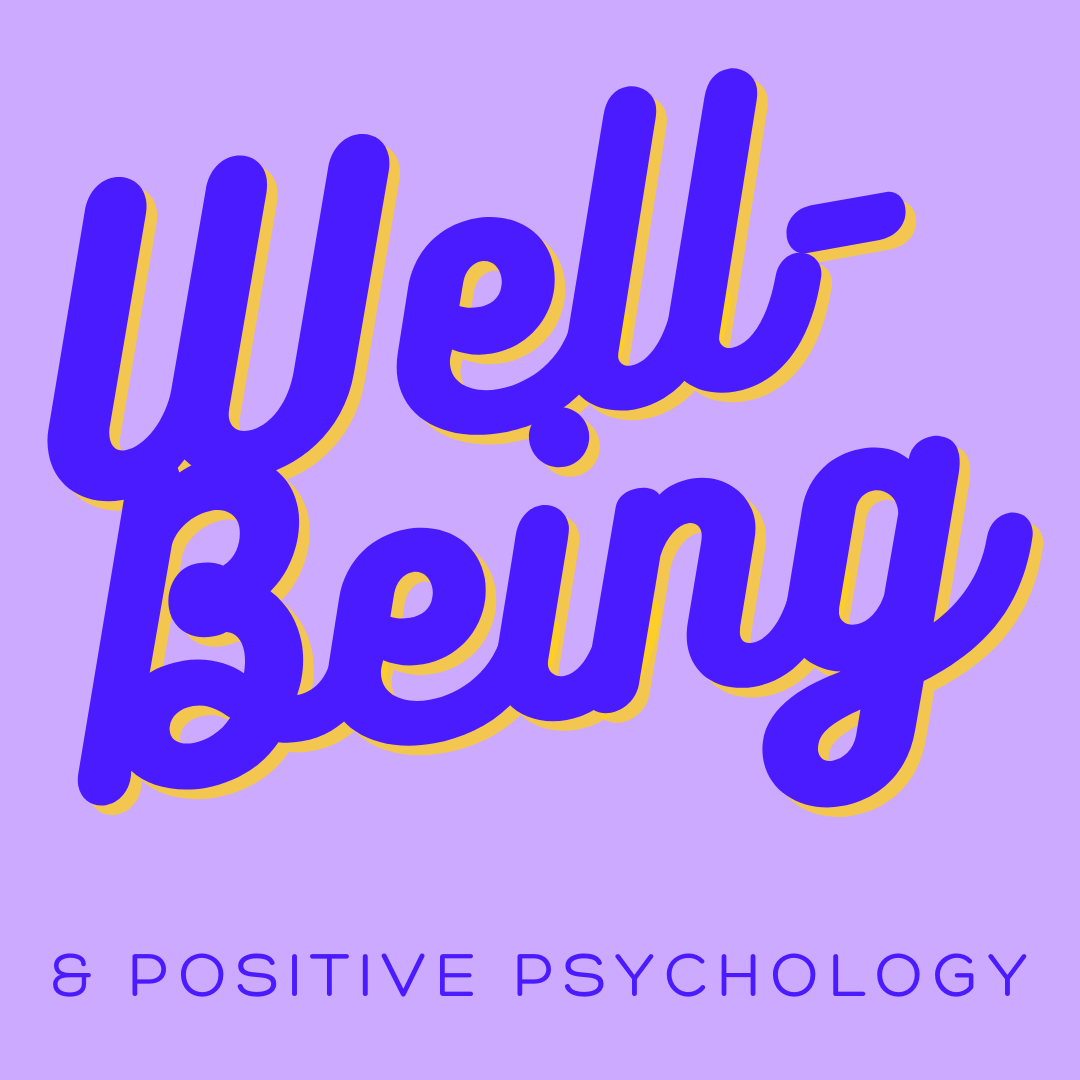So far, I've focused a lot on Purpose on this blog. But spoiler alert - purpose is not the goal. It's part of the solution. We aim to live and work on purpose to achieve a greater sense of coherence, meaning and alignment in our lives. Sounds good, but why? Purpose is a part of it, but it's not the answer. At the end of the day - we are looking for things that bring us happiness, for how to live a good life, how to have high levels of life satisfaction.
Digging more into the questions of how to increase happiness - I quickly ended up in the field of Positive Psychology, and discovered that even happiness is not the answer. The answer is Well-being.
There is a theory around Well-being - developed by Dr Martin Seligman (UPenn) for Positive Psychology.
Whereas traditional fields in psychology look at treating mental illness, Positive Psychology looks at promoting positive mental health by focusing on seeing and strengthening what is good, instead of focusing on what is bad - with tools, frameworks and interventions that prevent depression build strengths, positive habits and mental models.
This is the way to proactively build resilience and increase a general and lasting state of well-being.
Well-being and Happiness
The first thing I learned about well-being was that it is not the same as happiness. Happiness is a feeling, an emotion, a mood that comes and goes, where as well-being is a state of being.
We can have a high level of well-being, even if we don't feel happy all the time.
Think of a time when you were working really hard to achieve a goal - maybe a research paper or an important project for work - and you felt slightly stressed, overworked, frustrated or even just tired. You may not have felt happy in that moment, but if you could trace that action to a positive accomplishment in the future, or better get, as a step towards achieving one of your goals - you would still feel satisfied, or 'well'.
Happiness was not the correct description of the goal - because it was too correlated to a cheerful mood or positive emotion, which can be misleading. Seligman found that when people are asked to report their levels of happiness of life satisfaction, it is too often determined by these fleeting emotional states “the mood you are in determines more than 70% of how much life satisfaction you report”. Finally, happiness did not take into account things people did for their own sake - their accomplishments and achievements, which are often a key factor in life satisfaction as well - or the positive effect of strong relationships with other people.
"What is the good life? It is pleasant, engaged, meaningful, achieving, and connected." - Dr Martin Seligman
While Seligman originally used three measures for happiness - positive emotion, engagement and meaning; he broadened this view to include two additional factors for what makes a good life - aka well-being.
These five factors are Positive Emotions, Engagement, Relationships, Meaning and Achievement, and in the field well known under the acronym PERMA.

Positive Emotions are those that make us feel good : happiness could be one, but also feelings like love, gratitude, joy, connection.
Engagement happens when we get lost in the activity we're in - when we find that flow state, where we can lose track of time. This is often the case when we are using our signature strengths to solve a problem or create a solution.
Relationships matter because people matter - because happiness and well-being do not happen in isolation, but need to be shared and experienced with those we love, admire, and respect.
Meaning is related to purpose - to the idea of knowing why we do what we do, and the feeling of serving a cause greater than ourselves. It can be a social cause, it can also be something like parenting or mentoring.
Achievement is about a feeling of accomplishment - the way we feel when we achieve a goal we have set for ourselves, complete a difficult task or project at work, or learn something new.
Where do you stand on your PERMA Well-Being assessment?
Take a moment to reflect where you would fall today on the Well-Being scale. Look at each of the areas in the P.E.R.M.A framework and note down on a scale of 1-10 how well you feel in each of the areas and some reflections.

Here are some guiding questions to help you arrive at where you stand today:
Positive Emotions: How well are you able to focus on the good in your life, and to encourage feelings like gratitude, love, empathy and connection, over
Engagement: How often are you able to engage so fully in an activity, at work, or at home, where you are so absorbed in what you are doing, that you lost track of time? What was it? When was it?
Relationships: Think about the relationships that matter most to you in your life - your family, friends, colleagues : with whom would you most like to share good news, or get support from in a difficult situation? How often are you in contact, and do they know how much you value them?
Meaning: Do you see your work or actions leading to a greater purpose? Are you able to help someone else, advance a cause you believe in, or change an organisation? Do you know, why you are doing what you are doing?
Achievement: When was the last time you completed a challenge you had set out for yourself, mastered a difficult task, or learned something new?
I recommend re-visiting this framework each month to check in with yourself : this will increase your awareness of where you may want to focus more energy and attention in your actions.
In the next article, I will share a list of exercises and initiatives from my studies in positive psychology which have been shown to increase well-being in each of these five areas.
This content is only visible to members - so if you are interested in this guide - sign up for my Newsletter . Be well - stay well!


